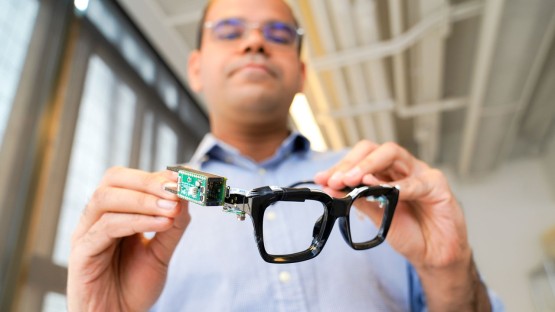

I’m currently on Arch, but my first distro was Linux Mint. Linux Mint eased my transition into the Linux world, as it looked and behaved almost the same as Windows. You can avoid terminal commands completely thanks to the GUI apps that the Mint team includes for updating, installing, and removing packages.
I switched to Arch because one of the benefits of Arch is that it forces you to become familiar with the various different components that make up a Linux distro. When you install Mint, pretty much everything is included out of the box. You may have to install a few proprietary drivers here and there, depending on your HW config, but overall, you get everything you need to start using your computer. You don’t have to concern yourself with a lot of things. Arch is different. Even with the archinstall command that you can use to simplify the installation process, you still have much to do post-install. Audio drivers, package manager, Bluetooth, productivity apps, customization options, WiFi drivers, to name a few. And even after that, when you start daily driving Arch, you still may encounter issues that would require you to do some troubleshooting via reading the Arch Wiki or looking for similar problems on Arch forums. It can be a headache at times, but I personally feel it’s worth it.












From my (small) friends circle, I haven’t heard any of them talk about getting one. However, it’s worth noting that these friends of mine are also not the ones who would buy new smartphones every year. They typically hold onto their phones for a few years and only switch when it seems like the phone isn’t performing as expected (e.g. battery draining too quickly; slowness in software actions; to name a few).
One question I do have is, what happens if you clean install an AOSP like GrapheneOS onto these newer Pixels phones? Does that remove the AI features completely?